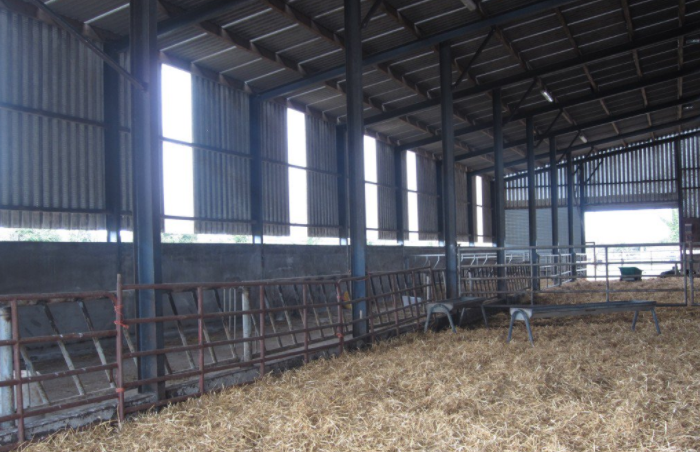We’re heading into that time of the year again, when farmers’ attentions turn to preventing disease in animal housing over the winter months.
Speaking at the recent Dairygold Beef Expo held in Fermoy Mart, Munster AI’s Dr. Doreen Corridan outlined that 40% of young animal deaths over the winter period are due to pneumonia, followed then by clostridial disease.
On the night, Doreen explained that the key to animal health is striking “a balance between the level of immunity and the challenge of infection”.
“If we keep the nutrition right; the immunity right; housing right; use vaccination; and avoid as much stress as possible, we will be able to fight bacterial parasites,” she explained.
Doreen outlined that – from a finishing point of view – it takes an additional 60 days to reach slaughter weight if that animal is severely sick. She added that it takes an additional 44 days when that animal is moderately sick.
Also Read: Pneumonia: What impact does it have on slaughter dates?Adequate ventilation in winter housing is a major problem on beef farms and is a huge factor when it comes to pneumonia issues.
“We need plenty of fresh air inside the house; it will kill bacteria and it will kill viruses. The air moves in through the inlets and the heat of the animal drives the air out the outlet; making sure the inlets and outlets are big enough is very important.”
However, Doreen noted that inlets have to be the full length of the shed on both sides and the outlet ideally should be in the centre. A 500kg animal needs an outlet of 0.1m²; inlets should be three or four times bigger, she added.
“If there is not adequate ventilation, the bacteria and viruses will stick around too long; there will be more moisture in the air because animals are breathing out and that’s how we get pneumonia inside sheds,” Doreen highlighted.
Doreen noted that using Yorkshire boarding to aid ventilation and green netting to reduce drafts are options available to farmers.
Moisture
Moisture inside sheds increases humidity and aids conditions that favour pneumonia. She highlighted that making changes to the slope of the floors are worth while. Any leaking down pipes or water troughs should also be maintained.
“Another possible solution is a mechanical ventilator installed into the shed. They cost just €1,200 and are very cheap to run.
“There is a regulator on them; you can turn them up or down depending on the weather and they blow in fresh air to the whole house.
“They have turned suckler-calf rearing on top of its head; it will get rid of pneumonia out of the house, leading to far healthier calves,” she concluded.



